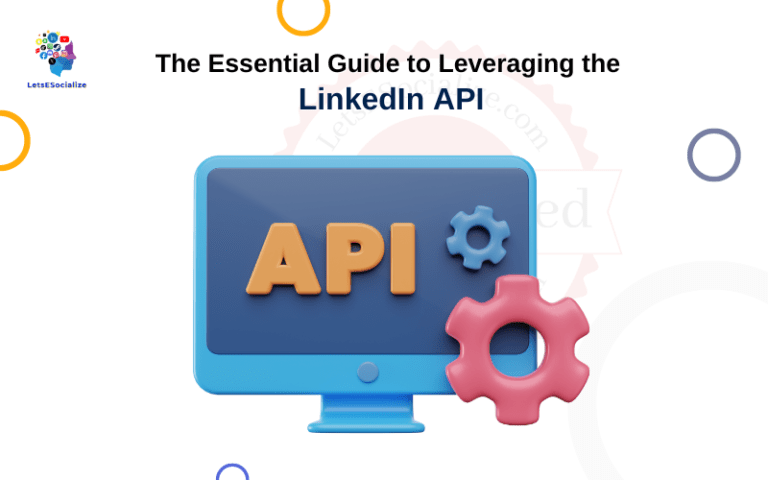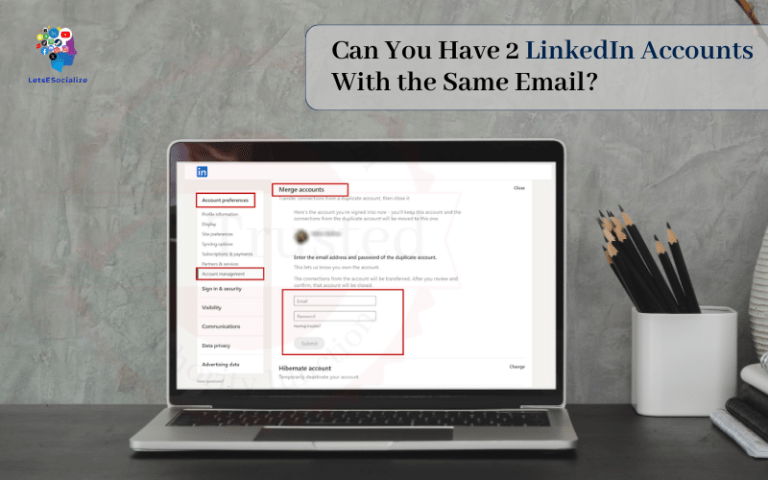In this post, we’ll analyze real-world examples of people landing jobs through LinkedIn and provide tips to maximize your chances of success.
Table of Contents
The Growing Role of LinkedIn in Recruitment

LinkedIn’s evolution into a go-to recruitment platform is highlighted in their 2022 Global Talent Trends report:
- 75% of jobs are now filled via social media recruiting efforts
- 94% of recruiters use LinkedIn to source and vet candidates
- 59% of Gen Z candidates prefer applying via LinkedIn
Additionally, over 55 million LinkedIn members are senior-level influencers capable of impacting hiring.
So the data indicates LinkedIn’s growing power in connecting talent with opportunities. But what about real-world results?
Also Read – Crafting an Effective LinkedIn Content Strategy in 2023: The Ultimate Guide
Yes – Real People Are Getting Hired via LinkedIn

While outcomes differ based on factors like industry and experience level, numerous examples indicate LinkedIn can play a pivotal role in securing jobs:
Landing Interviews
Many users report contacting companies or recruiters via LinkedIn has directly led to landing interviews:
“I got an interview by messaging a recruiter on LinkedIn. That was my foot in the door.”
“I sourced the LinkedIn profiles of my dream companies. Messaging hiring managers directly scored me 4 interviews.”
Passive Recruitment
Being “passively” discovered on LinkedIn also generates opportunities:
“A recruiter reached out about my LinkedIn profile and I ended up getting the job.”
“I kept my profile updated and recruiters contacted me about roles I wasn’t actively applying to.”
Employee Referrals
Connections referring you for roles is another benefit:
“My college friend referred me to her HR manager via LinkedIn. I got the job!”
“A former colleague endorsed me to their head of product, which led to an interview and offer.”
Company Followers
The following target companies can expose you to openings:
“By following companies I wanted to work for, I saw they posted jobs on their Company Pages and I applied.”
Group Connections
Participating in industry niche groups sparks opportunities:
“I connected with the founder of a startup in a LinkedIn Group. That relationship ultimately led to a product manager role.”
These examples show LinkedIn’s potential to connect you with the right people, opportunities, and visibility to land jobs. But results require effort.
Tips to Maximize Your LinkedIn Job Search

Apply these best practices for using LinkedIn to aid your job hunt:
Craft an Outstanding Profile
Your profile needs to immediately impress recruiters. Showcase achievements, skills, and personality.
Build a Robust Network
Expand your high-quality connections. Aim for at least 500+ to boost visibility and references.
Follow Target Companies
Get alerts on new openings and company news you can reference in interviews.
Join Relevant Industry Groups
Demonstrate niche expertise and get discovered by fellow professionals.
Set Profile to “Open to Opportunities”
Signal your interest so recruiters can find you for roles matching your background.
Engage With Content Consistently
Increase authority by posting insights and engaging with content from influencers.
Follow Company Pages
Stay updated on news like new hires and keep the company top-of-mind.
Research Hiring Managers
Message those who likely have authority around open positions that fit you.
Turn on Job Alerts
Get notified when appealing new openings are posted that match your keywords.
Leverage LinkedIn Learning
Develop skills and earn certifications that improve your candidacy and interview performance.
But Don’t Rely on LinkedIn Alone

While powerful, solely relying on LinkedIn limits your options. Integrate it into a broader job search approach:
- Apply directly on company websites – Don’t miss openings not posted to LinkedIn.
- Leverage your overall network – Connections on other platforms can also provide referrals.
- Use job sites like Indeed – Cast a wide net with general job boards besides LinkedIn.
- Look for industry events and conferences – Make in-person connections, not just digital ones.
- Consider recruiters and staffing agencies – They advocate to match you with unposted roles.
- Research options not publicly listed – Many openings are filled via internal referrals before making it to LinkedIn.
- Utilize career centers – Your university and local community likely offer job search resources.
So LinkedIn should be part of a multi-pronged effort, not your sole job search avenue.
Also Read – Using LinkedIn for Dating: The Good, Bad and Ugly
Does LinkedIn Work for Job Seeking?

The proof points indicate yes – real candidates are finding success using LinkedIn to locate jobs, get discovered by recruiters, and build relationships that drive opportunities.
However, simply creating a profile isn’t enough. You have to strategically polish your presence, connect with the right people, follow companies, promote your candidacy, and apply your strongest skills.
It also takes persistence – you likely won’t get hired after contacting just a few recruiters or applying to a handful of postings.
But as part of a proactive approach, tapping into LinkedIn’s unparalleled professional community can give you an advantage over other candidates limited to traditional job boards and classifieds.
The key is realizing that beyond a resume database, LinkedIn provides relationship-building and personal branding tools. Use them to your advantage as part of an integrated search plan.
To maximize your potential by crafting an impressive profile, networking purposefully, enhancing your visibility, and engaging consistently. With the right strategy, your next role could be just a few clicks or messages away!






